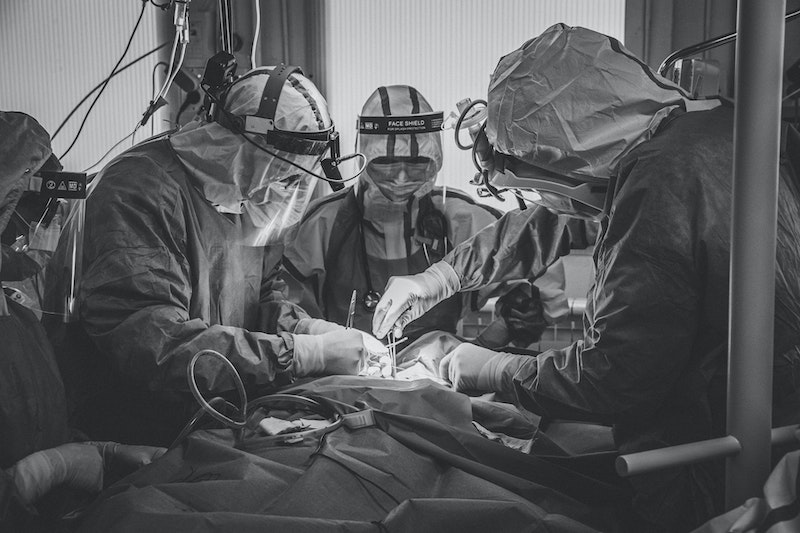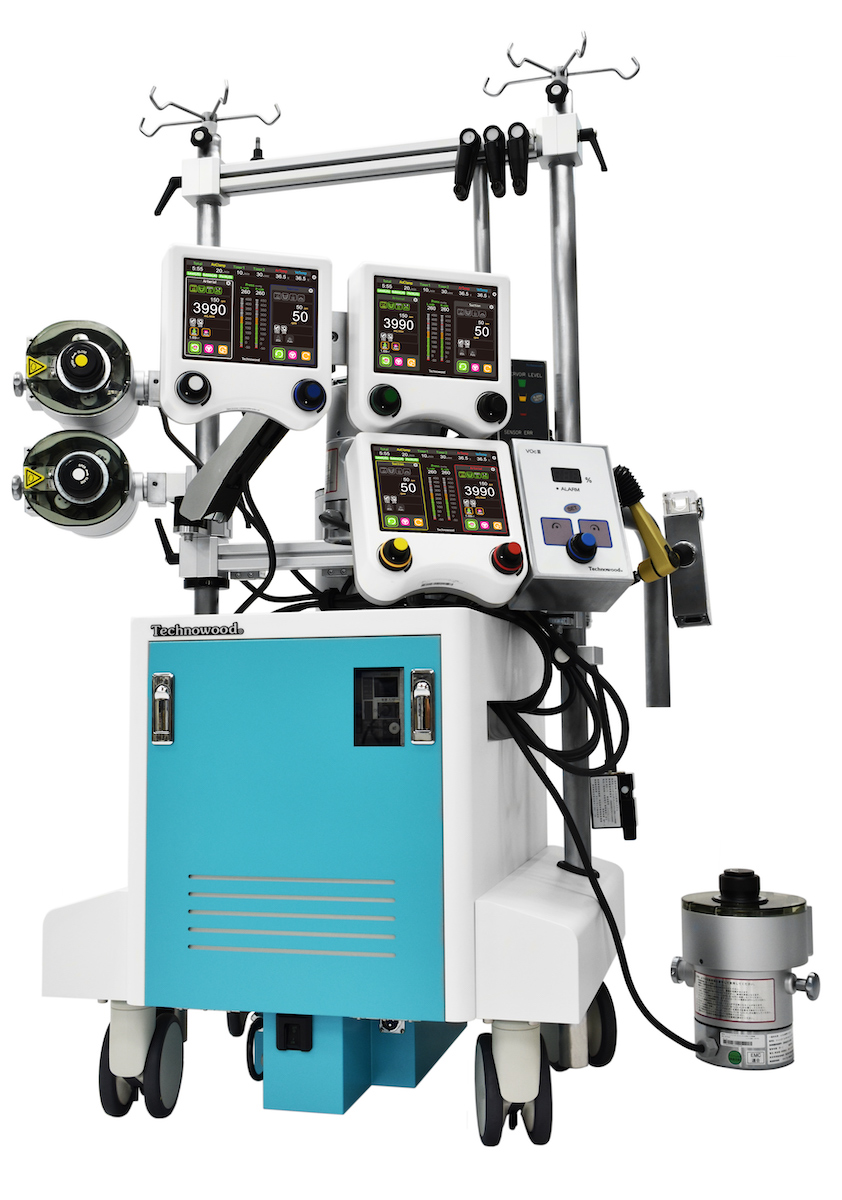
Based from the 2017 Global Burden of Disease study (1), there are 64 million people suffering from heart failure, with over half having severe heart failure. For end-stage heart failure, heart transplant is the only treatment of choice. Unfortunately, the donor pool for hearts suitable for transplantation is limited and many patients die while on the waiting list.
There are a lot of donated hearts being ruled out of transplants because of stringent guidelines. The current standard of care is to utilize hearts donated after brain death (DBD). One way to expand the donor heart pool is to include donors who were pronounced dead from cardiopulmonary arrest.
A recent study(2) by D’Alessandro et.al of Massachusetts General Hospital compared the clinical profiles and outcomes of 47 hearts donated after circulatory death (DCD) and 166 hearts donated after brain death (DBD).
Donor hearts are usually preserved in ice before the transplant; in DCD, the hearts needed to be resuscitated using extracorporeal perfusion. Patient characteristics between the two groups were similar though DCD heart recipients were a bit younger and had lower pulmonary vascular resistance.
The study showed similar clinical results like length of hospital and ICU stay, re-admissions and mortality at 1-year post-transplant. Wait time from consent to transplant is significantly shorter in DCD cases. Impaired right heart function (higher right atrial pressure and lower pulmonary artery pulsatility index) was more common in DCD hearts although this resolved 3 weeks after the transplant.
The authors emphasized that transplant using DCD hearts has a steep learning curve and protocols still need to be established taking into account ethical and legal regulations. But the study was able to showcase the viability of DCD hearts and with its potential to expand the donor heart pool by 30%, the use of DCD hearts may save the lives of many patients.
References:
1. Savarese G, Lund LH. Global Public Health Burden of Heart Failure. Card Fail Rev. 2017 Apr;3(1):7-11. https://doi: 10.15420/cfr.2016:25:2
2. D’Alessandro D, Wolfe S, Osho A, et al. Hemodynamic and Clinical Performance of Hearts Donated After Circulatory Death. J Am Coll Cardiol. 2022 Oct; 80(14):1314–1326. https://doi.org/10.1016/j.jacc.2022.07.024

The COMPO series is the pioneer of modular heart-lung systems. All the components can be configured to suit a large variety of clinical needs. Roller pumps can be placed closer to the surgical field to decrease priming volume which results in reduced postoperative complications and faster patient recovery.
More INFONot all products shown are approved for sale in all countries.
Please contact the regional Technowood representative for more information.